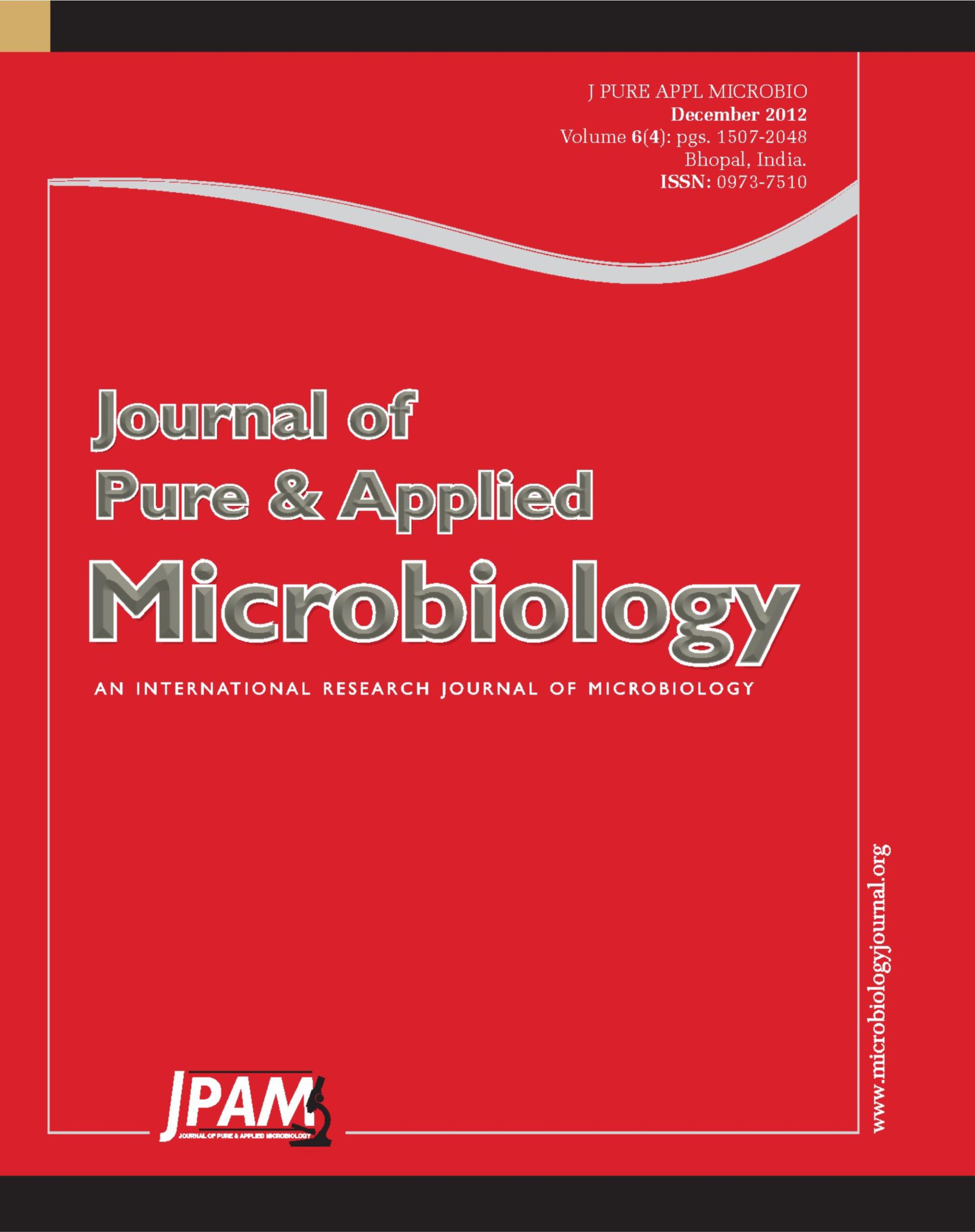In this study, phenotypic and genotypic characterization of Salmonella strains was carried out. Isolates were obtained from 140 different minced beef samples, taken from slaughterhouses and butcher shops in the vicinity of Erzurum, by using chromogenic media. For this purpose, fatty acid profiles, BIOLOG, ERIC-PCR, REP-PCR and (GTG)5-PCR methods were used. As a result of isolation study, Salmonella spp. was detected in 4 samples out of 140 minced beef samples. Depending on the data of fatty acid analysis, it was detected that there were 14 different fatty acids in the examined 15 bacterial strains. In the results of analyses by using BIOLOG system, all of the test organisms gave identification result as Salmonella group 1 and it was determined that this method is inefficient for serotype level detection. Several primer sets, targeting the repetitive DNA elements of REP, ERIC and (GTG)5,were evaluated and it was detected that for identification and taxonomic characterization of S. typhimurium strains, the ERIC primers were the most reliable technique. Hence, as a promising genotypic tool, rep-PCR fingerprinting using the ERIC and REP primers can be used for the identification and characterization of Salmonella isolates species to serotype level.
Salmonella strains, Ground meat, MIS, BIOLOG, rep-PCR
© The Author(s) 2012. Open Access. This article is distributed under the terms of the Creative Commons Attribution 4.0 International License which permits unrestricted use, sharing, distribution, and reproduction in any medium, provided you give appropriate credit to the original author(s) and the source, provide a link to the Creative Commons license, and indicate if changes were made.


